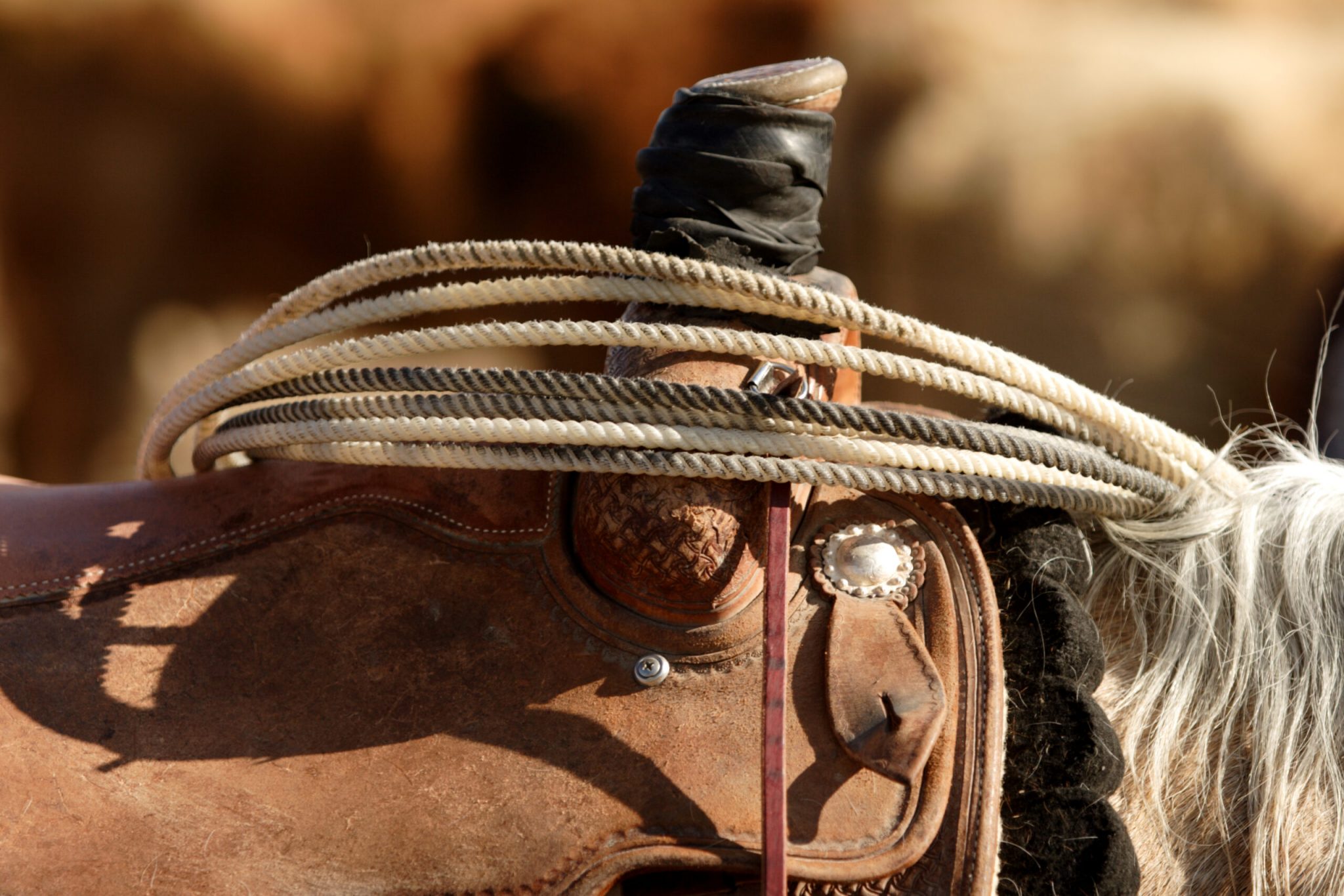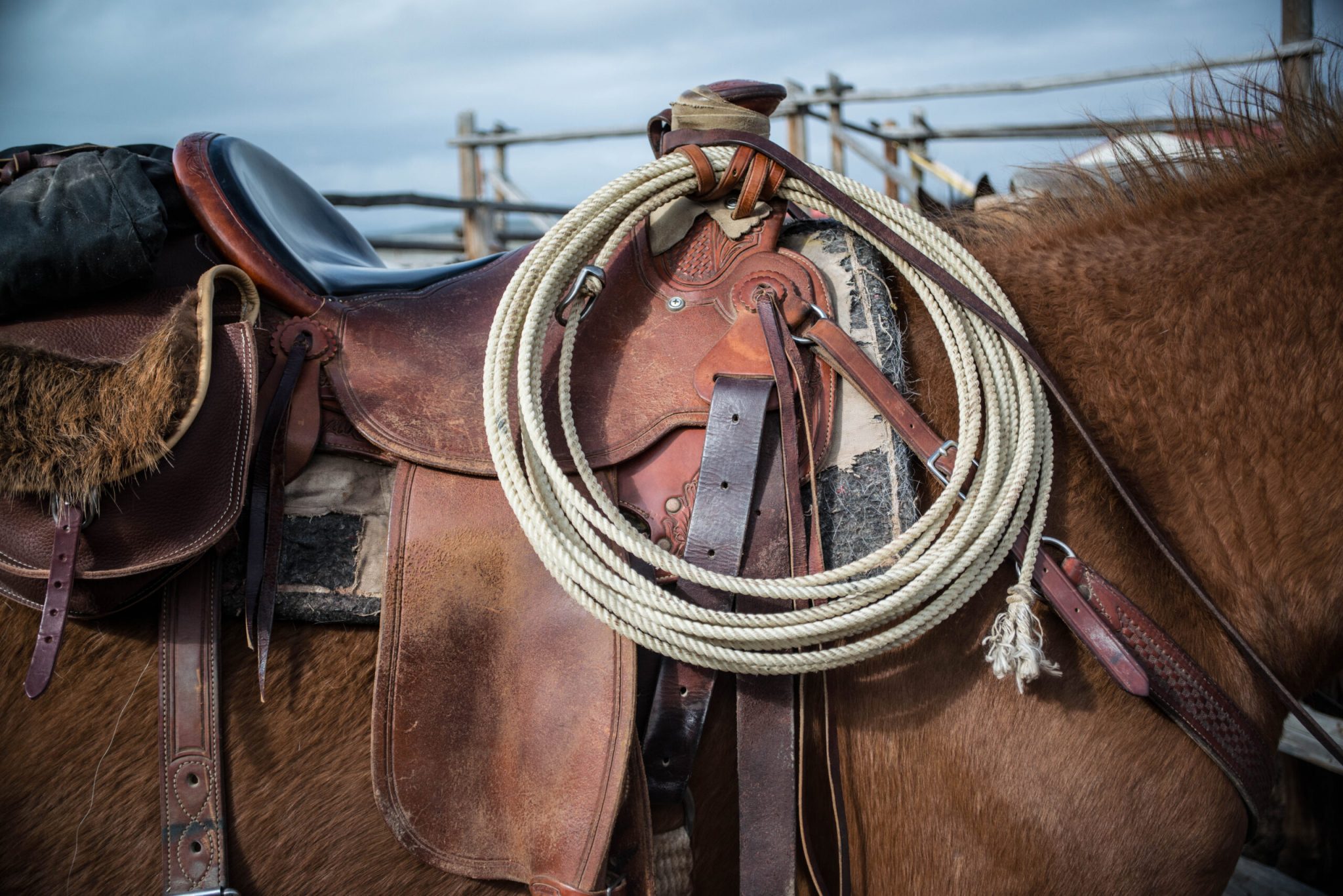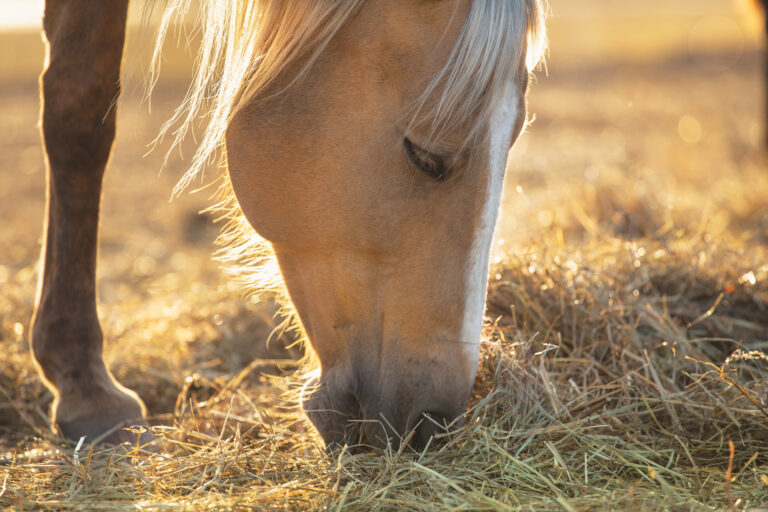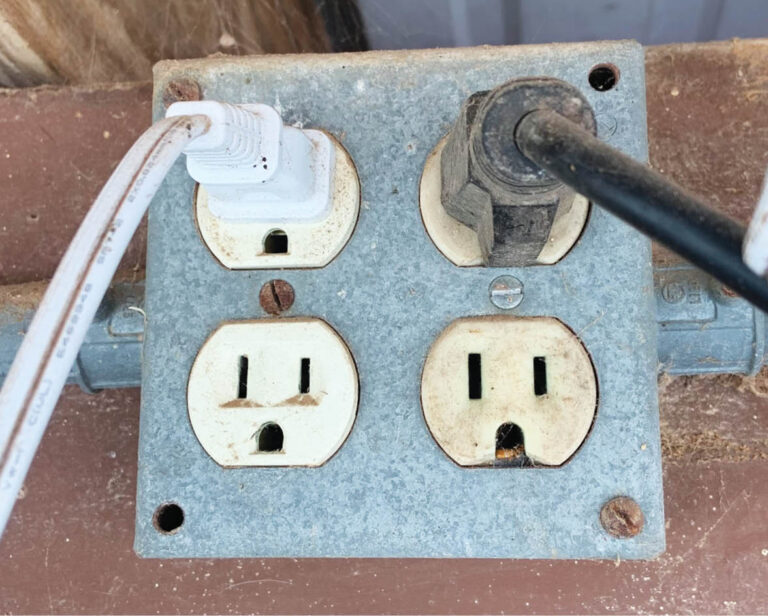This article is part of our Saddle Up With Comfort Awareness Campaign, brought to you by 5 Star Equine Products.
Picking out a new saddle can be daunting. There are so many options, sizes, gullet widths, and bar flares, you can easily get overwhelmed. Start here as we breakdown the types of Western saddles. This is not an entirely exhaustive list, but here we give a brief overview of the most commonly used saddles in Western riding.
Saddles Commonly Used in the Arena
Reining: Close-contact saddle for rider feel and ease of providing leg, and foot cues. A low horn and pommel to facilitate rein handling; often highly decorated for show arena; flat seat for easy hip movement.
Cutting: Low cantle, high pommel and horn. A flat seat with low rise at pommel. Featuring a back cinch and slim stirrups; jockeys and fenders of rough-out material for grip.
Show: Detailed tooling, often with silver work on skirts, cantle, pommel, horn and stirrups. The equitation seat emphasizes balance; deep pockets aide rider’s position; “turned” stirrups for easy foot placement; often close- contact.

All-around: Flat seat for versatility; often padded, suede seats. A close-contact skirting to assist in “feel”; reinforced rigging, roping-style horn, and wooden tree for light roping.
Barrel racing: High cantle with deep seat pocket for security. Featuring a short skirt, high horn, in-skirt rigging. These often have suede seats or tooled seat back and jockeys for added grip.
Roping: Strong, sturdy tree of wood wrapped in rawhide, bull hide, or fiberglass. A reinforced rigging and back strap; “pocket” seat and suede material provide excellent grip and help strengthen rider’s position–standing or seated.

Saddles Commonly Used on the Ranch or Trail
Endurance: Comfortable seat, lightweight, no saddle horn, minimal skirt, many saddle strings for securing equipment.
Ranch: Big, heavy; slick seat for all-day riding and easy care. A sturdy tree for roping; high cantle and back cinch; typically with plate rigging, which is easy on the horse.
Wade: Another option commonly found on the ranch. Wade saddles often feature a shorter, wider horn made of wood, and are a slick fork saddle.

Ranch Cutter: A versatile option for on the ranch, with a horn typically strong enough for roping. The seat is designed narrowly, for comfort. These tend to be a heavier saddle, built to last, with a taller horn and seat that makes them great for arena work, as well.
Training: Reining-style saddle trees common; low pommels and cut-out skirts for close contact; padded, suede seats for grip; fenders and jockeys of rough-out leather for added grip.
Trail & pleasure: Wide selection, padded seat, large skirt, light tree (usually plastic or new “flex” trees), in-skirt rigging, high or low cantle, not designed for roping or ranch work.






